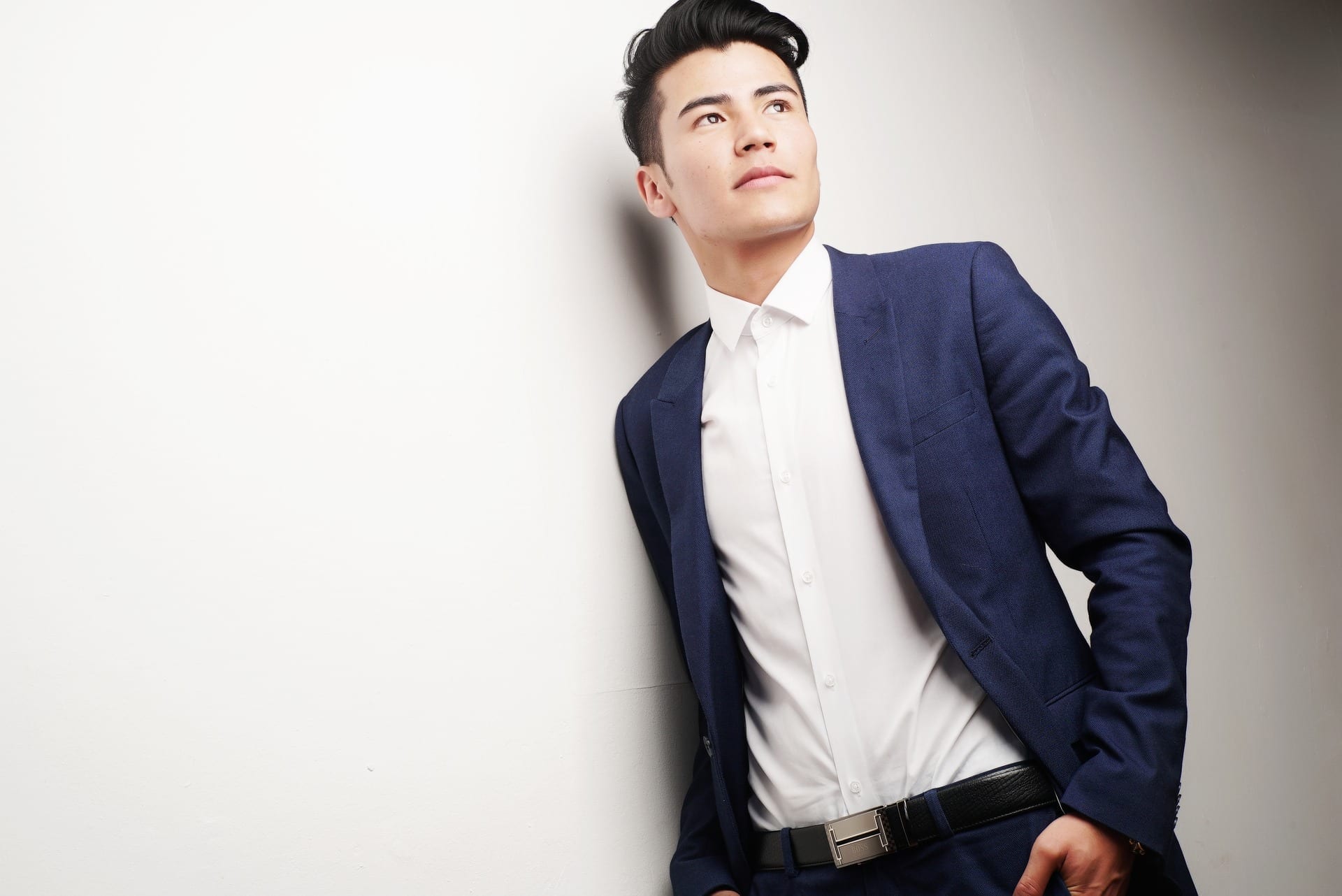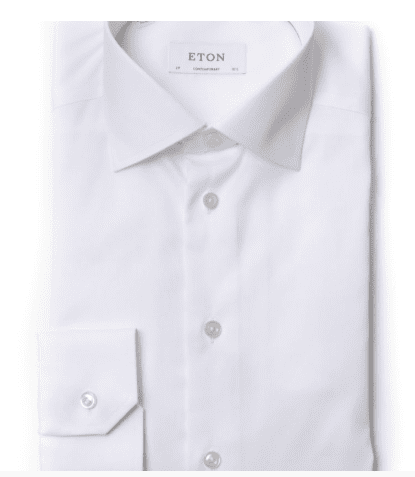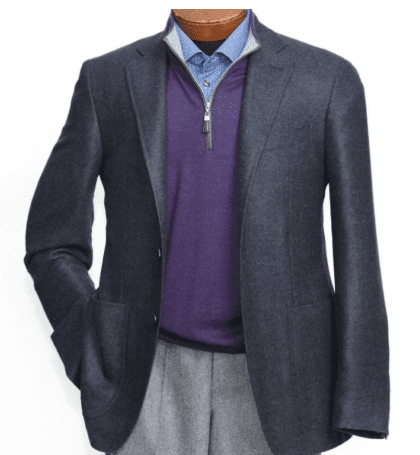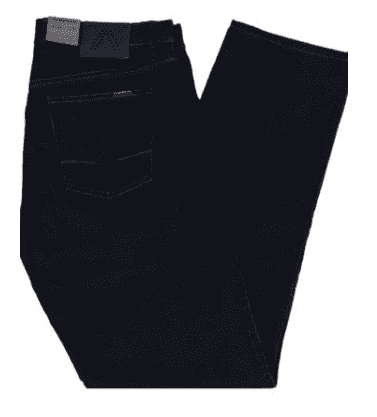What Does “Business Casual” Really Mean?

The term “business casual” sounds like you’re going to have no trouble finding something to wear. It sounds easy, but if you’re in a new job or you’re unfamiliar with the term, it can be a bit stressful.
What are they talking about? Is it business, or is it casual? Can I wear my weekend attire to the office?
This dress code is a frequent source of confusion for workers who worry about going too far in either direction. No one enjoys standing out for the wrong reasons! So, what does this instruction usually mean? Let’s dig in:
The truth about business casual
The definition of business casual is generally taken to mean “dress professionally, but more relaxed attire than traditional business wear is okay.” In truth, that doesn’t really shed a lot of light on it, and definitions of business casual tend to vary from business to business.
In some businesses, business casual basically seems to mean “you don’t have to wear your tie,” while in some Silicon Valley companies, jeans paired with a dress shirt have become ubiquitous.
There is no standard definition of business casual for every workplace, so it’s important to do your homework first, especially if this is your first time dealing with it in your current job. No one enjoys feeling like they’re overdressed, but there’s nothing worse than being underdressed for the occasion. This isn’t a day at the beach – it is probably a mistake to pull out your weekend athleisure wear!
“Business casual” is often one of the most confusing instructions in the workplace Share on XDefine business casual in your workplace
If you’re an employee wondering what to wear for your first business casual day, try asking around about the dress code. If you can’t get a clear answer, we’d err more on the side of business rather than casual attire. Dressing on the conservative side can get you through under the radar, but it’s difficult to dress up an outfit that is too casual in the first place!
If you happen to be a manager or owner reading this, it’s up to you to define what business casual means for your business and ensure that employees know. This is something that can cause unnecessary angst, and you definitely have better things for staff to be focusing energy on. Your new employees should be arriving on their first day both confident and comfortable!
It doesn’t hurt to have some specifics stated in the employee manual, or even in email communication. No one likes the feeling of having to guess!
Do’s and don’ts of business casual
The first and most obvious “don’t” is to avoid showing up to work in something that might be worn to the beach. Shorts are generally a no-no, as are t-shirts or polo shirts unless otherwise specified. Footwear should still be professional, such as a pair of loafers or oxfords that can easily go with an outfit dressed up or down. This is a critical mistake that many people make, forgetting to consider footwear or thinking that they can get away with sneakers. In a professional setting, sneakers are usually out.
Do keep your clothing simple. Find neutral-toned clothes that you can mix and match, such as plain dress shirts to be worn without a tie. Depending on the office code, you may want to avoid accessories, patterns or colors that can be distracting. In more formal “business casual” offices, you can opt for your suit, sans tie. The Eton Shirt in a plain fabric, or the Canali double-faced wool sport coat are great options for a casual Friday showing. Try pairing the sport coat with jeans or cords if these are acceptable as part of the office dress code.

The Eton shirt

Canali double-faced wool sport coat
Do “dress for the job you want.” This means avoiding getting sloppy at all, even if it is casual Friday. Wear clothing that is clean, ironed and impeccably presented. This means no holes or loose threads. You should also ensure that the clothes fit you well. Today is not the day to wear clothing that is too loose or too tight, or generally ill-fitting. Consider visiting your tailor for a business casual look that keeps you on the professional side. Clothes that fit well are worth the good impression they create.
Pay attention to your fabric choices too. Distressed or frayed fabrics, or cheap-looking, shiny synthetic fabrics should be avoided. You may be able to include some nice, wrinkle-free wools or lightweight, breathable blends. Crease-resistant shirts are also a good option.
Do dress for style rather than trends. Style tends to mean elegant clothing in a cut and fabric that is made to outlast any fashion trend. These sorts of pieces are versatile, and you will often find yourself mixing and matching them for years. On the other hand, clothing that looks good on a model as part of a seasonal trend doesn’t necessarily translate well to the office.
Do maintain consistency with your regular standard of dress. If your style is professional and conservative every other day, it’s not the best idea to show up looking unrecognizably casual. If your company is one where jeans are acceptable for casual wear, make sure you’re wearing your best jeans. A pair with a very dark wash and no embellishments or tearing is usually a safe bet.
If you’re in the position where you’re not sure of the business casual standard, do wear layers. If you err on the side of formal dress but have the ability to remove layers, then you can dress your outfit down if need be. For example, if you’re wearing a dress shirt, cardigan sweater and sports coat, the coat and sweater can easily be taken off.
When it comes to accessories, remember the “less is more” adage. Keep them tasteful and unobtrusive as a general rule. Of course, this is one that also very much depends on the culture of the particular workplace. In some offices, more individual flair is encouraged.

If jeans are permitted, go for a dark wash such as these Alberto slim fit jeans.
Tips for achieving a business casual look
One way to think about business casual is to think of it as dressing down your more formal attire. That doesn’t automatically mean putting a coat over a pair of jeans – think of the whole outfit from start to finish.
For example, will you swap out your dress pants? What will you substitute them for? Consider how your regular formal wear might look with chinos or corduroy trousers. Your collared shirt is usually a safe bet, although you may want to go for a plain fabric.
Ditch the tie and think about your coat. Will you keep your regular sports coat or blazer, or will you switch it for a knit or cardigan? As an alternative, you might consider a tweed blazer for a less formal look.
Finish your outfit off with a nice pair of leather loafers and basic accessories such as a leather-strapped watch and belt, and you now have an ensemble that will take you from the office to an after-work function in town.
Final thoughts
The term “business casual” can be a minefield for the uninitiated in your company. In fact, if you hire people and have told them that Fridays are business casual without providing them with any guidelines, we virtually guarantee they’ve Googled to find what you mean!
And if you’re the person in the shoes of the newbie trying to figure out what to wear, it’s always better to err on the safe side first. Go for a more conservative look until you’ve established the ways of the workplace.
Business casual always errs more toward professional dress than casual. With a few well-considered pieces though, you can mix and match your outfit to suit any occasion.

